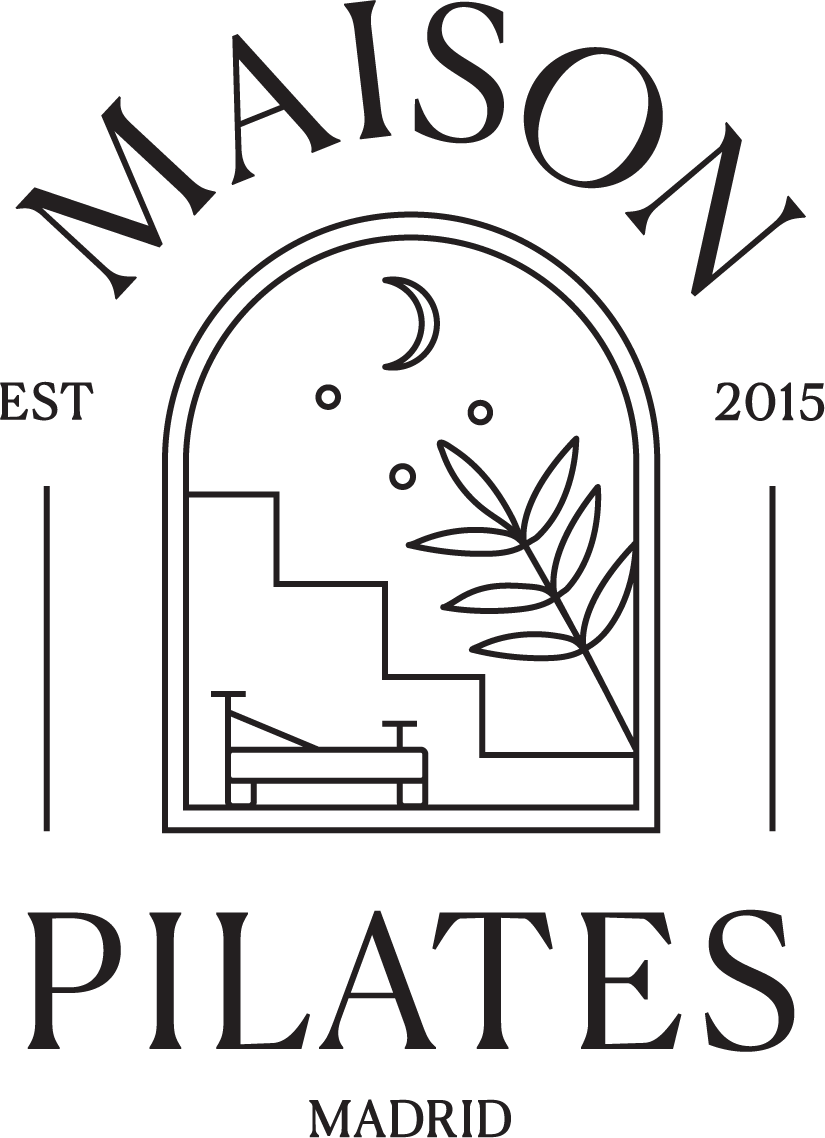
Pilates for dancers
More than just a pilates class
Many dancers find the addition of training outside their work hours very useful to reset their bodies after different choreographic demands, or to help them focus on improving particular parts of their technique. However at Maison Pilates, we believe that unless that additional training directly carries over functionally into their work classes and rehearsals, it is not best serving the dancer’s needs.
A dancer’s cross training needs are dynamic and governed by their work load, choreographic demands, pressure and stress levels, which change daily. It is vital to understand how to intuitively adapt theirtraining, in order to maximise results and avoid burnout.
In Maison Pilates private classes, we follow each dancer’s progress week after week in our studio and in our private training, and also through watching videos of their class and stage work, when available. We are searching for things that maybe the dancer themselves do not see, whether that maybe the potential enhancement of a certain line or an increase in range of motion. The changes that we observe week on week, allow us to provide dynamic feedback, enabling us to constantly strive for improvement and fine tuning of their technique.
After graduation from ballet or training schools, the opportunity to get detailed feedback on technique or presentation drastically reduces, as the change to a professional environment that is aimed at a collective invariably dictates.
Our classes are based on asking ourselves Why?
Why do we include some exercises and not others? Why do we do certain progressions or change the levels of resistance? Why is the dancer responding in a certain way?
By providing this specialised training program involving a close one-on-one relationship, we have achieved incredible results for our dancers, far beyond what ‘taking a weekly cross-training class’ can offer.
Currently we are working with Principal dancers, Soloists and Corps from Boston Ballet, Hamburg Ballet, Compañía Nacional de Danza and Basel Ballet companies.

What we do
Things we look for & things we look at
Profile
The history of a dancer tells us a lot about their current condition. What type of repertoire they have done or are currently doing, recurring injuries or pain, insecurities, personal challenges. Many dancers have a type A perfectionist personality, all this information helps to build an understanding of who we have in front of us and understand why their bodies may move as they do.
Posture
A study of static posture shows us imbalances that may be contributing to pain or blockages. Many dancers have tremendous neural plasticity which means that their static postures often change in response to new choreography or life style. Translating to how that may affect their dancing is a powerful tool to understanding how to better their movement.
Recruitment patterns & neuromuscular control
We like to see how the dancer moves and if there are any less than optimal recruitment patterns in place in all chains of movement. Where a dancer initiates a movement may not always be optimal.
Balanced muscular chains
Often dancers develop temporary dominant muscle patterns from movement habits or different choreography. If the dancer is doing a lot more contemporary floor work their muscle balance may be different than if they are rehearsing Paquita. A Principal dancer will have different work load patterns to a corps. We are mindful of the importance of “reseting” the body to reduce this problem which leads to less compensation and more freedom.
Response
All people are different and all internalise in different ways and speeds. We are constantly observing how the dancer’s body may respond to different cueing, resistance levels, surfaces, input or motivation to see if our input can be modified.
Potential
Our end goal is to always exploit potential. Sometimes it can be a line that can be lengthened, stability that can be further challenged, mobility that can be increased. In this way, mini objectives are created and serve to become landmarks in the dancer’s progress over time.
I am interested in trying coaching for dancers
The different ways we work with dancers

Group reformer classes for dancers
Coaching for dancers reviews
Angel Garcia Molino
First soloist, Boston Ballet
Madoka Sugai
Principal, Hamburg Ballet
This is example text for you to replace with your own brief introduction or delete altogether.
Giada Rossi
Soloist, Compañía Nacional de Danza
This is example text for you to replace with your own brief introduction or delete altogether.
Haruhi Otani
Soloist, Compañía de Danza Ballet
Ana Calderon
Soloist,, Hamburg Ballet
This is example text for you to replace with your own brief introduction or delete altogether.
Giada Rossi
Soloist, Compañía Nacional de Danza
This is example text for you to replace with your own brief introduction or delete altogether.





